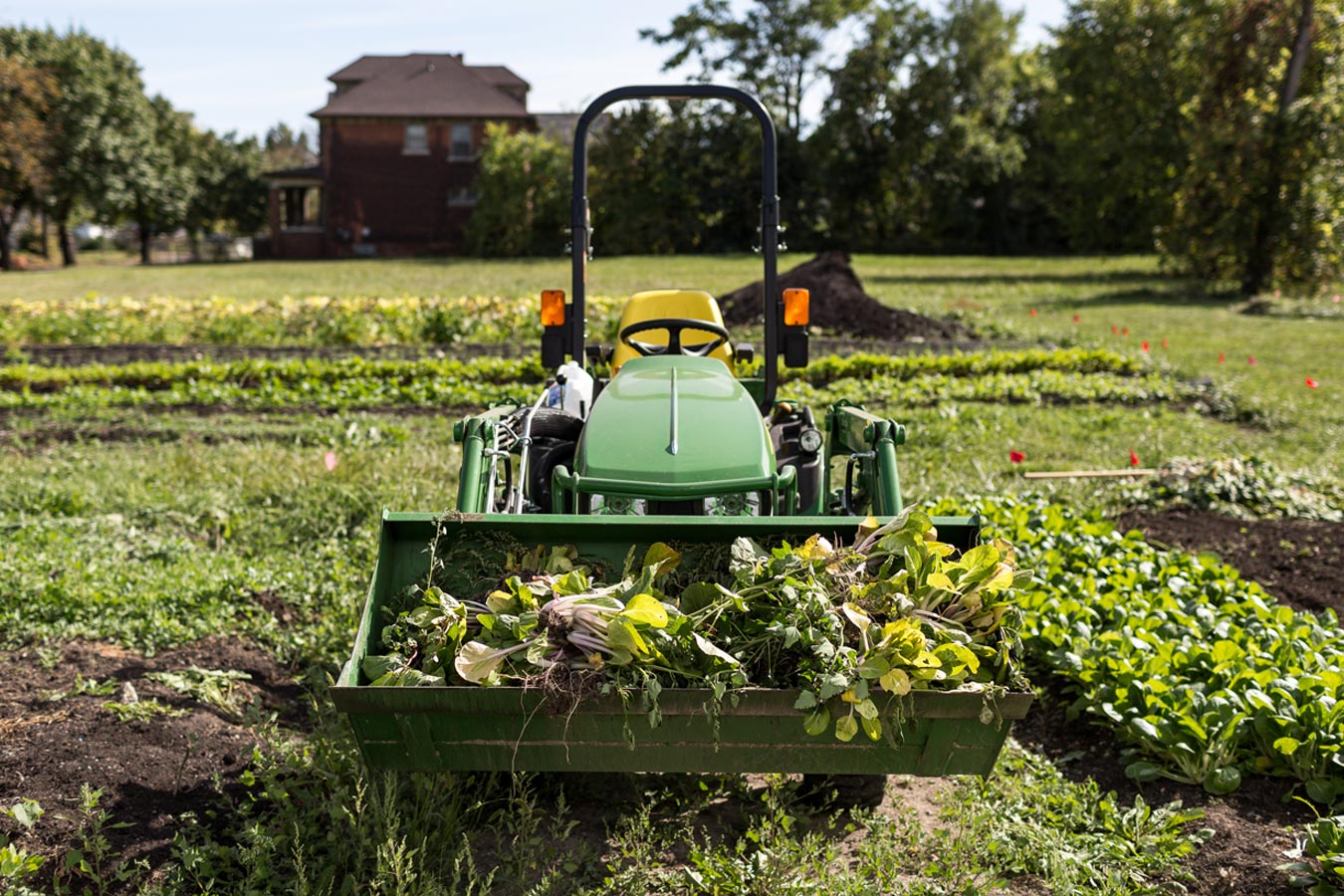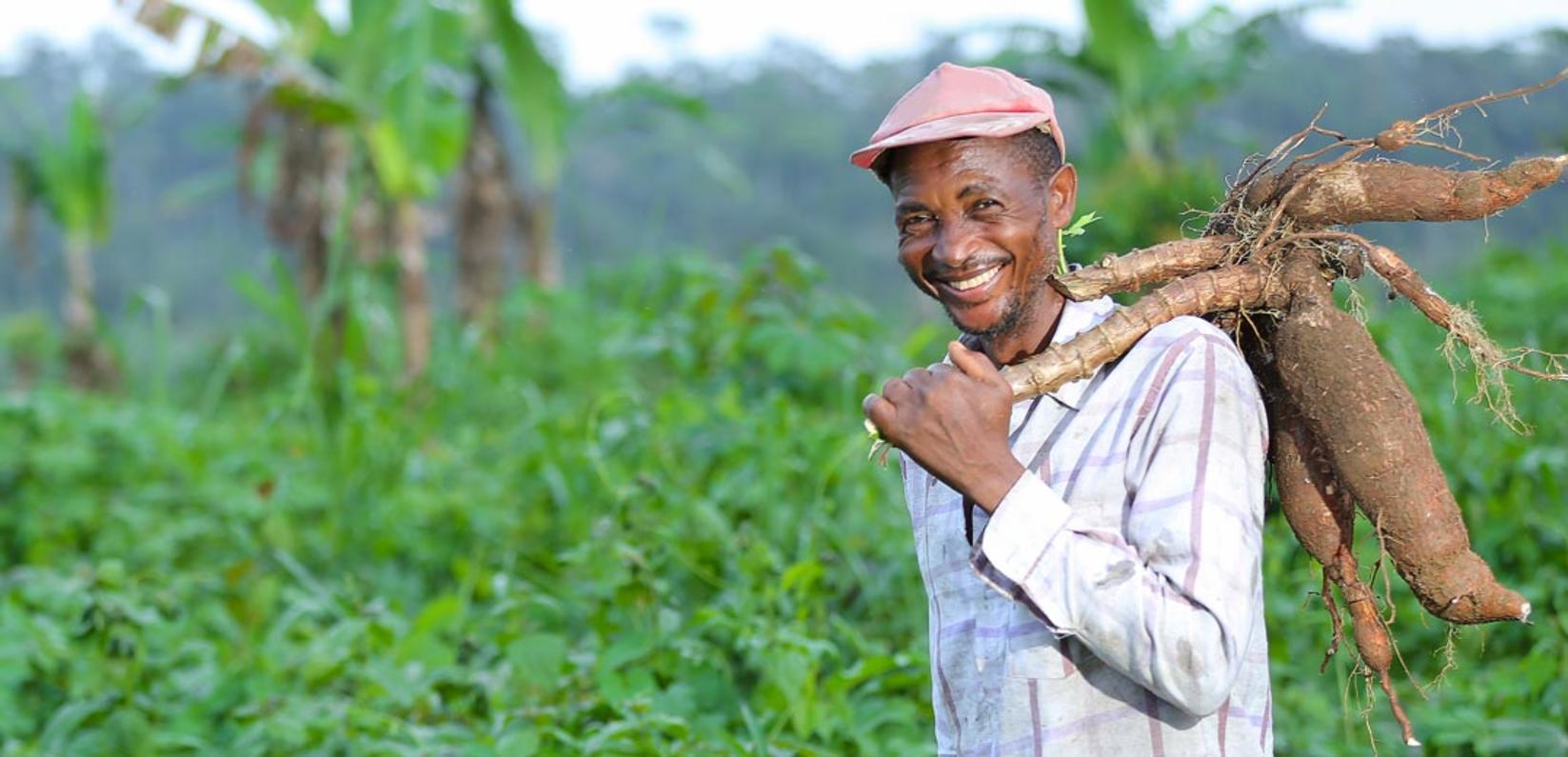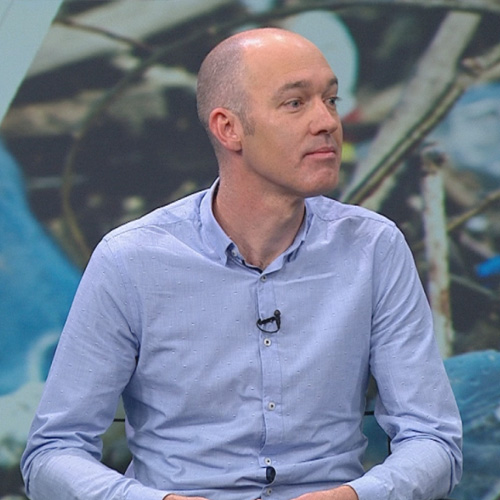
We all need to help regenerate the world’s most fragile ecosystems. How can PET do more to support soil restoration?

Surprisingly given the enormous significance of PET in extending the shelf life of food products, making it an important ally of the global farming sector and food industry, there’s little focus by the industry on strengthening its role in making our food chain even healthier. It’s an area in which more could be done.
Regenerative agriculture is an approach to farming that aims to improve soil health and soil fertility – as well as protecting water resources and biodiversity. Restoring soil health helps draw down and capture increased levels of carbon in soils and plant biomass. Healthier soils are also more resilient to the impacts of climate change and can increase yields, helping improve farmers’ livelihoods.
Project Drawdown estimates that regenerative agriculture on an estimated 11.84 million hectares of current adoption could increase to a total of 221–322 million hectares by 2050, which could result in a total reduction of 14.5–22.3 gigatons of carbon dioxide, from both sequestration and reduced emissions.
Regenerative annual cropping could provide a US$2.3–3.5 trillion lifetime operational cost savings and lifetime net profit gain of US$135–206 billion on an investment of US$79–116 billion.
Initiatives that deserve support.

Go Steward
There are plenty of ways emerging to support the growth of regenerative agriculture including secured, interest-bearing loans being raised by the Go Steward lending crowd-funding platform. The platform which enables investors to back unique agricultural projects or a collection of regenerative businesses has raised $5.5m for small farmers to date, a drop in the ocean.
More info:
Steward

Nestlé
As part of its roadmap to Net Zero the Swiss food giant came to the conclusion that the most effective way to reduce its greenhouse gas emissions would be to move towards regenerative agriculture. Nearly two-thirds of its GHG emissions currently come from agriculture so it has pledged to source 50% of its key ingredients through regenerative agricultural methods by 2030 (14 million tonnes). Furthermore, protecting the quality of natural waters and stewarding water resources is essential to renew water sources for its bottled-water business; Nestlé Waters.
More info:
Nestlé Sustainability
If you know of a PET-powered initiative supporting regenerative agriculture and soil restoration please share with us any information that you think we might find useful.
As the ancient proverb goes, “The best time to plant a tree was 20 years ago. The second best time, today”. If you want to take a step towards fostering a regenerative mindset, or improve the impact your current value chain has on the environment, we’d love to hear from you and help support the good work you’re doing. Get in touch with us and take advantage of our extensive global network, and work together to restore some of our fragile ecosystems.
Sign up to the AdaPETation network and share with us what you can do to contribute to the United Nations Decade on Ecosystem Restoration.
Share it
THE HISTORY OF PLASTIC
Throughout the history of plastic, PET has been crucial in keeping food fresh with lightweight and durable packaging solutions that have helped reduce food waste for almost a century. Learn all about the invention of plastic and the important role it has played feeding people and saving the lives of humans and elephants in the adaPETation® timeline of the history of plastic.





